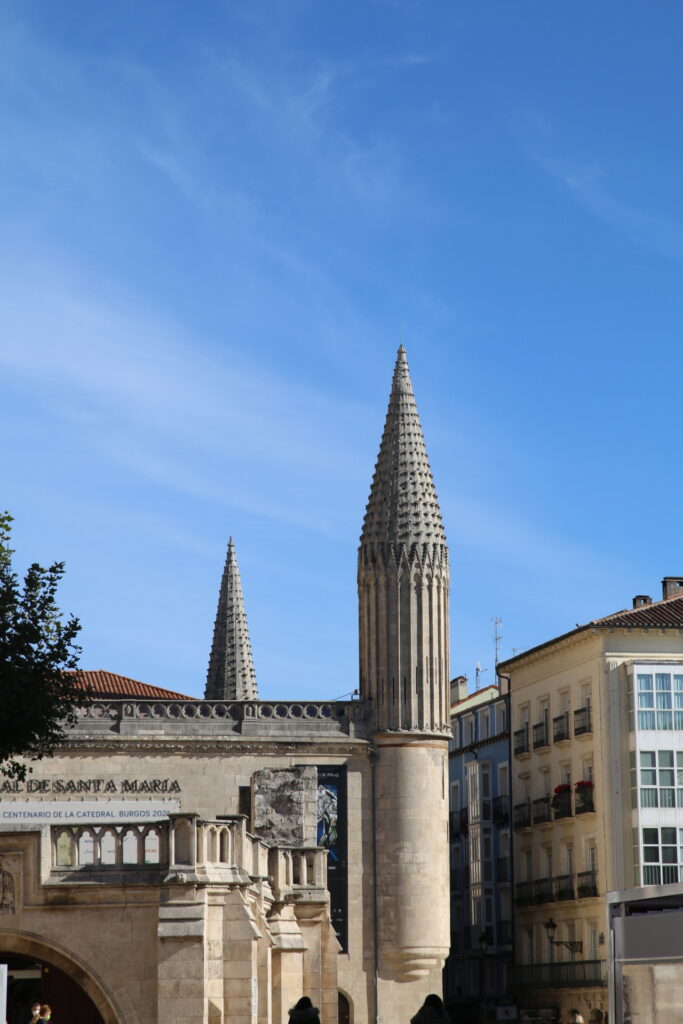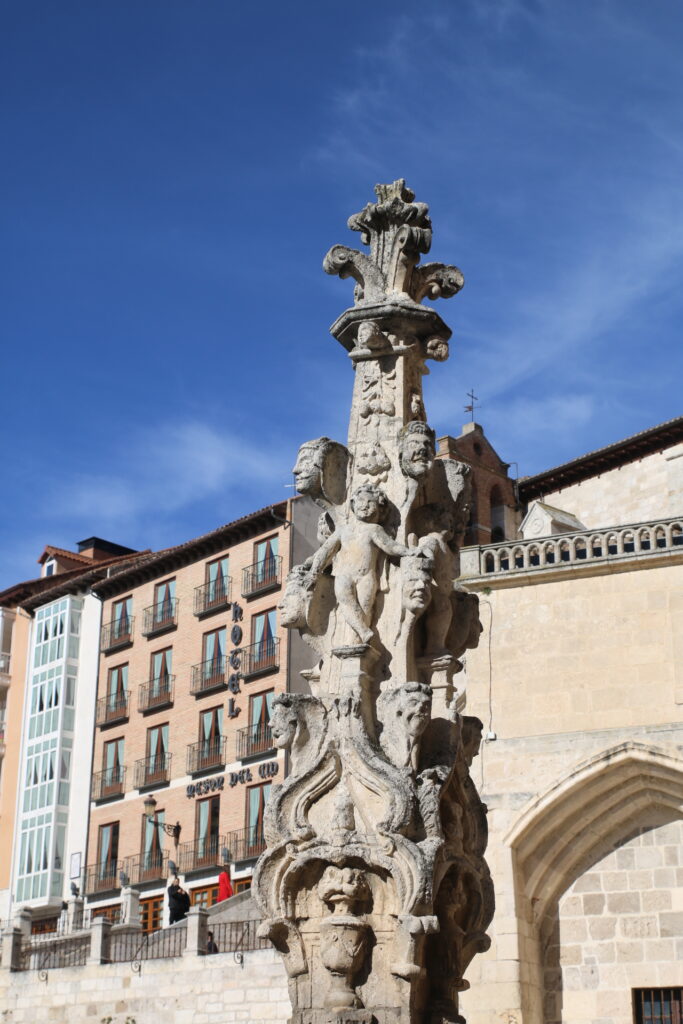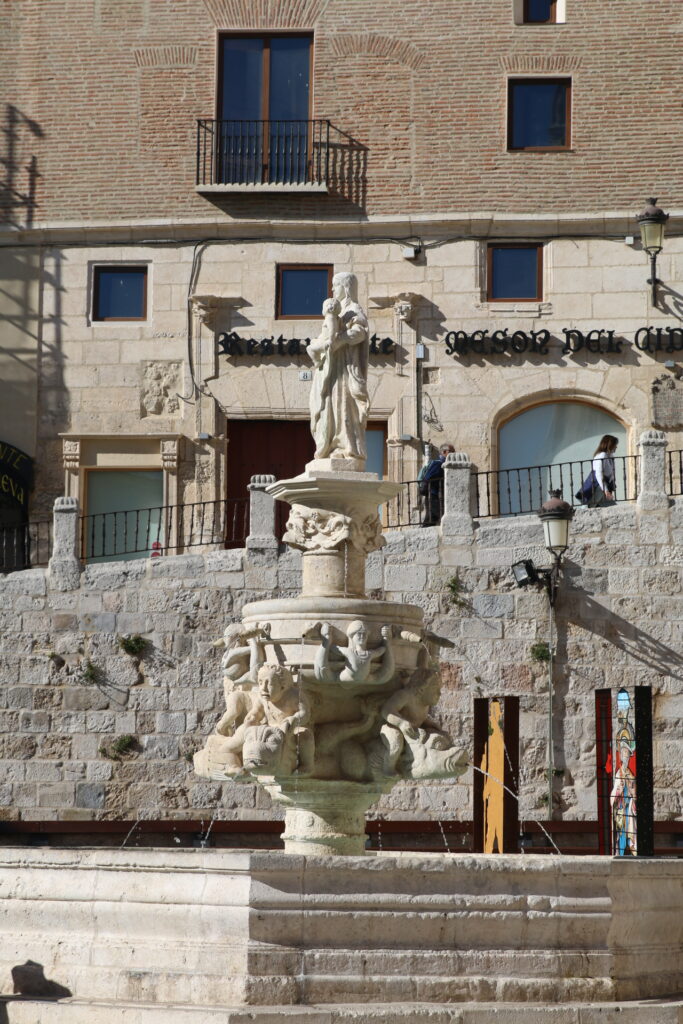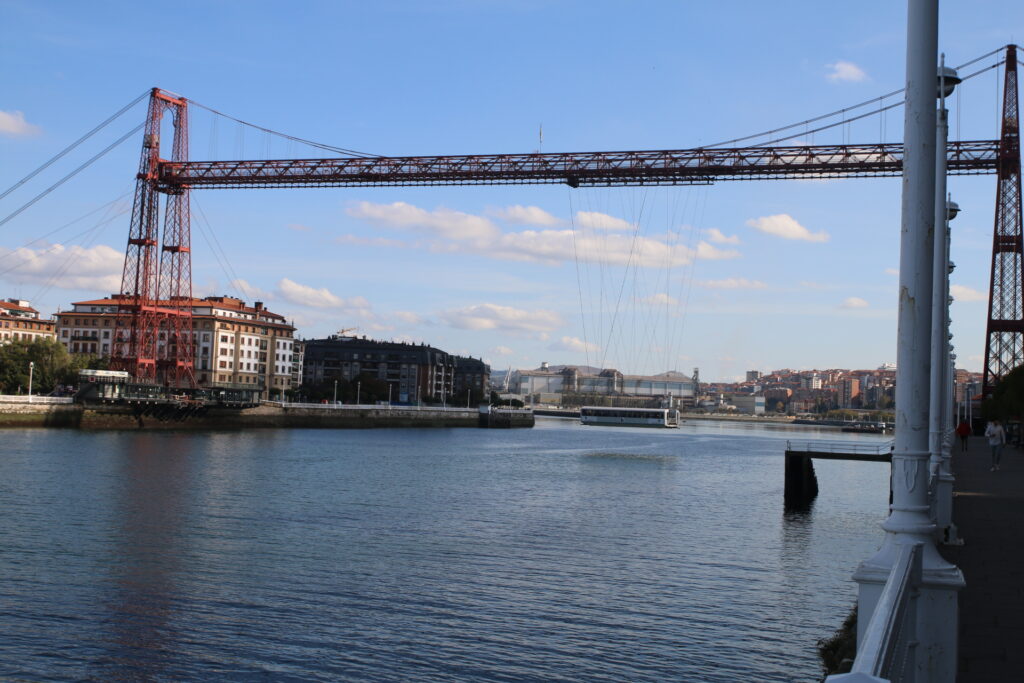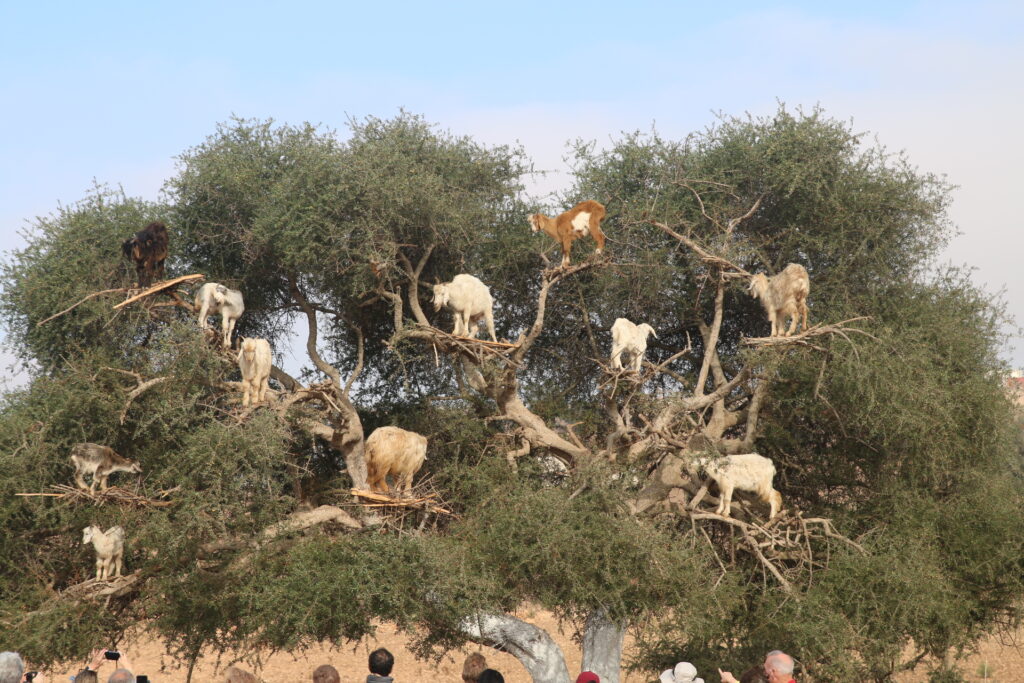Rabat is located on the Atlantic Ocean which has historically made it ripe to be picked to add to the wealth of many European countries. The influence of the Spanish and Portuguese is in the architecture and the influence of the French is in their language. The people of Rabat greet their visitors with a love Bon Jour and appreciate it if you respond with a French greeting. Troy and I began our morning with a typical Moroccan breakfast. A vegetable soup, soft and hard cheeses, olives, dates and figs Wonderful bread which any Frenchman would appreciate, sweet milky coffee and a variety of preserves and honey. This feast reminded us of the breakfasts we enjoyed in Turkey.
We were on our own today and went to the Tower of Hussan and the Mausoleum of Mohammed V. We were not allowed to enter the complex, but the construction of these buildings which are more than six hundred years old points the sophistication of this nation. Mounted guards dressed in white billowing pants, a traditional fez sit astride their white horses and protect the history of Rabat. Following a glass of sweet mint tea, we entered the Medina and saw homes constructed in the 12th century that are still in habited. The majority of the inhabitants are Muslem, but Europeans and even two American families live in that Medina. It self contained with a mosque, a school and nearby shops. The children play in the narrow streets, because there are no vehicles. The dozens of cats are fed and cared far by the residents and live a lazy cat life. The views of the Atlantic are spectacular and it was fun to watch the fishing boats go in and out. I cannot image living in a world that protected and having a door way that is seven hundred years old. Troy loves to photograph doorways and this was his chance. By tradition the buildings are always blue and white, but the doors are customized. Most had dates on them and some had symbols that told us the occupation of the original owner.
Next to this medina is the Spanish Medina Not so old, but still very beautiful and in use today for both residences and commerce. We had lunch in what was once a Spanish home. We each had a tajine. Food that Moroccans have been eating from the beginning of their culture. The food was Arabic, but the house was a mixture of Spanish and Muslim architecture. Two beautiful young women dressed in caftans served us and made us feel at home. If every other city is as fascinating as Rabat we will bring home many treasured memories.
Images will be added later tonight. We must meet our guide for the remainder of the trip now.




